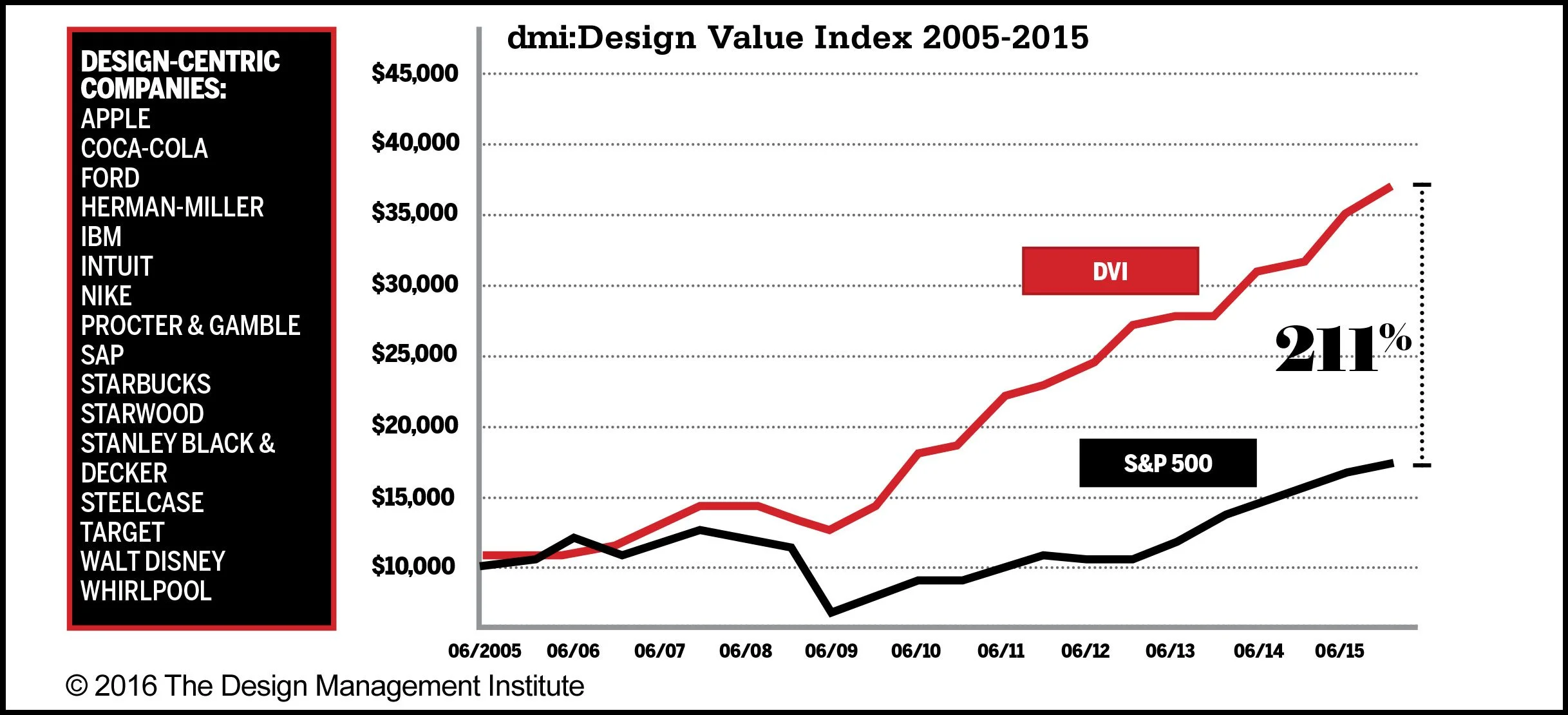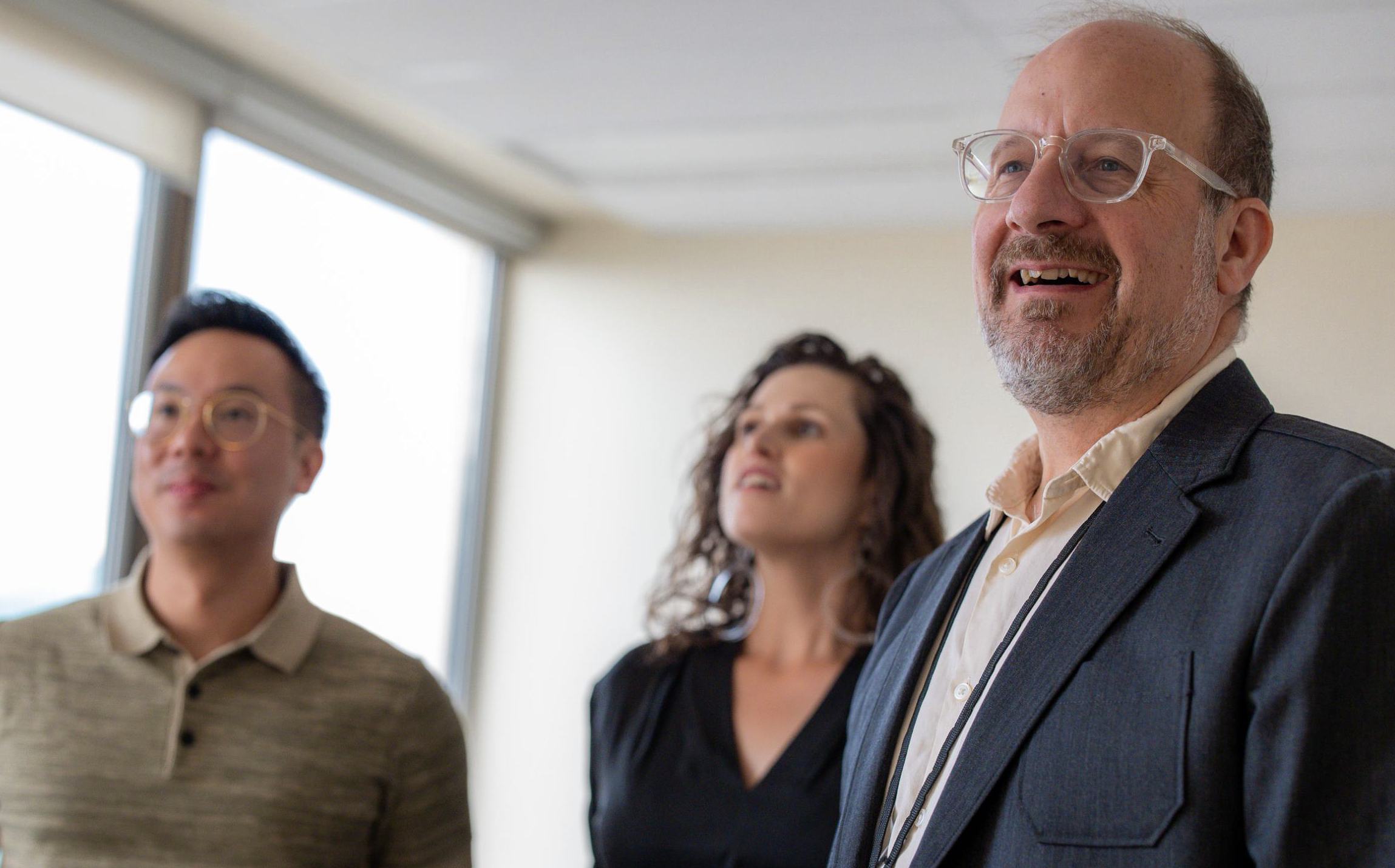Kindness for competitive advantage.
What competitive advantages does kindness bring to the table?
This is a question that I have been pondering for quite some time. Because my company is proudly sporting the purpose statement ‘Creating a Kinder, More Beautiful Future,’ it’s safe to assume that I’ve got skin in the game.
This article is the continuation of a journey that I am leading at J5 to encourage our employees and clients to invest time, thought, and resources into examining how organizations like ours, can use kindness as a competitive advantage in their respective sectors. It is an explanation of what I first suspected over 10 years ago when I founded the company, then confirmed, and now actively packaging as part of J5’s value proposition.
My goal is to put words to what many suspect is true and shine light on blind spots for those stuck in the status quo. Add tangibility to the intangible ripples created by kindness. Kindness is a competitive advantage, and not just in a subtle way. Kindness has the power to be powerfully advantageous on multiple fronts.
Let’s define kindness
To help you understand what I mean when I talk about ‘kindness’ in an organizational sense and where their benefits may lie, is helpful to break it down into three categories:
Inward-facing - Organizational Culture
Workplaces designed with the employee in mind. In practice, this can look like a lot of different things – allowing people to show up as whole people, fair wages, recognition, supporting work-life balance, feeling heard, diversity through all levels of power. As much as instituting these policies is a science, the ability to create a felt, authentic culture is an art. Lip-service and throwing money at the problem doesn’t give you the benefits that an authentic focus on a kind workplace does. This evidence is overwhelming - According to Harvard Business Review, only 13% of employees worldwide feel engaged in their workplace.
Outward-facing - Reputation and Sale
Notice ‘reputation’ comes before ‘sales.’ It is logical that having a great reputation is fuel for your bottom line. But the game-changing benefits don’t just come from good marketing. Including kindness as a core value is understanding and focusing on the customer journey, using your organization to positively affect the community in which you work, transparency and heartfelt apologies for mistakes that happen often when you are pushing past the status quo. Putting resources behind feelings and emotions may not make sense in the short-term to some industries and sectors where machines or technology are valued more than people, yet it fosters customer retention and builds an army of walking billboards for your organization. A study conducted by Washington State University determined that customer satisfaction is directly linked to employee satisfaction and that financial success is directly linked to customer satisfaction.
Design - Products and Service
When you design the products and services at the heart of your organization, who are you thinking about when you design them? Who are you getting to design them for you? And who is sitting in the room while they’re being designed? Design with and for the end user! The value to your organization isn’t only happy customers. Depending on what you’re selling, you can see benefits in user adoption, referral, cost of development, etc. In fact, the Design Management Institute’s 2015 Design Value Index (DVI), based on a portfolio of 16 publicly traded stocks from companies considered to be “design-centric” contingent on a set of criteria that reflects best practices in design management, showed a 211% return over the S&P 500.
Our friends… our partners on this kindness journey…
In the start-up days of J5, before the conceptual evolution of our vision of ‘Creating a Kinder, More Beautiful Future’, we would jump from project to project. Our work was task and deliverable focused. As with many start-ups, we didn’t have the luxury of choosing our clients. The realities of making payroll and other operational costs like rent, travel and entertainment matters more in the early days. Today, J5 has sturdier infrastructure and a stronger stomach for saying no. We have a set of parameters around who we work with. We are not looking for ‘clients,’ we are looking for people and organizations who share similar values and are interested in partnerships that include kindness and a human focus in the organizations they run and the services and products they provide. I am very proud of the calibre of people and organizations we have come to know as clients and friends on this journey.
Blair Neufeld – Government of Alberta, Digital Innovation Office
The Government of Alberta is one of our client success stories. Blair Neufeld is the Executive Director for Digital Delivery and Innovation Office (DDI) at the Government of Alberta, an office that grew quickly due to massive demand presented by COVID to build user-centred, tech-based solutions for citizens and government employees. His role is to lead a portfolio of projects, to fundamentally rethink how to deliver services more efficiently and effectively, while setting standards, developing ministry partners, and measuring success.
The kindness connection in Blair’s example is in the ‘products and services design’ space. Since its beginning, the Digital Innovation Office has grown from a 6-8 person ‘government start-up’ within the Executive Council Organization to include ~300 full-time employees and ~200 contractors, encompassing more and more of the government’s delivery and design service capacity.
What is the secret sauce for the DIO?
They do their best to truly understand Albertans’ needs and improve end-to-end citizen experience. Through a variety of innovative and human-centred methods:
Mandating a minimum ‘discovery phase’ where all team members immerse themselves in the problem and speak with the end user about their experience
Using open source to curb service and IT costs for Albertans
Being more transparent, open, and nimble
Testing prototypes with users
Finding failures early in low-fi prototypes instead of building services that meet formal requirements but fail to deliver value for users
What has this achieved?
According to Blair, “In a shorter amount of time, we get (more user-friendly) services to the end user.” And with a smaller government dollar price tag! “We knew how we would benefit from this because we can constantly iterate on what we’re doing.” Having a user-informed, iterative model of development means that the team can be confident the solutions they are creating will respond to the user’s needs. And using open source technologies means they only build what the user needs, avoiding expensive and confusing suites of features. And when projects get released, they no longer worry about user uptake. Being human-centred in how products and services are designed has saved taxpayer money, created better products, in shorter timeframes, with larger user uptake.
Working with J5
J5 has been working with the DIO since its humble beginnings by introducing design thinking frameworks and augmenting DIO staff. “J5 has provided design leadership to our digital teams,” says Neufeld. Which was especially important in the early days when they were a new division and didn’t have time or resources to develop their own playbook. “J5 really led some of the earliest teams to deliver things that were useful, feasible, and desirable for Albertans.”
As with J5 and organizations like the DIO, the question inevitably begins to form as the work develops and the benefits of including kindness as a core concept in design and delivery – how do we bring this to everything we do?
J5 is focused on creating a better community where we live and for the people around us. And by surrounding ourselves with people and companies that share this vision, we have a fighting chance of achieving this goal. And here’s the trick with kindness, it can be motivated by bottom line, but it begins to show its mettle when it comes from an authentic drive to be kind. We are betting on kindness. By working toward creating a kinder, more beautiful future, we are hoping to help others recognize the opportunity to build a kinder more beautiful future as well. We are awed by the transformations kindness and human-centred design has influenced in the DIO and the impact it has had on Albertans.
Our mission is to search out those who share the same values and bring our skillset to help achieve their goals. If you are looking to take your organization to the next level with kindness, we are looking to go on that journey with you!
Please reach out to me, if your organization wants to learn more.



